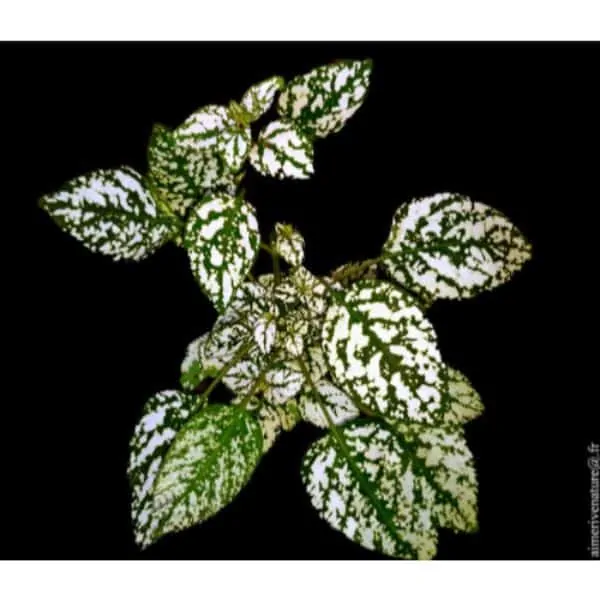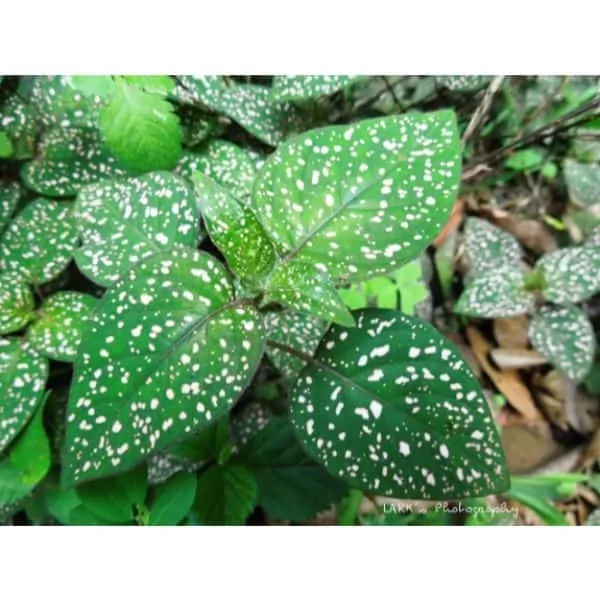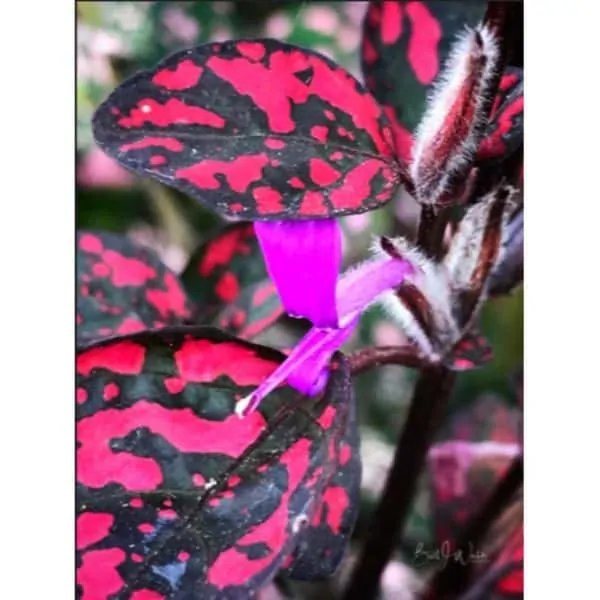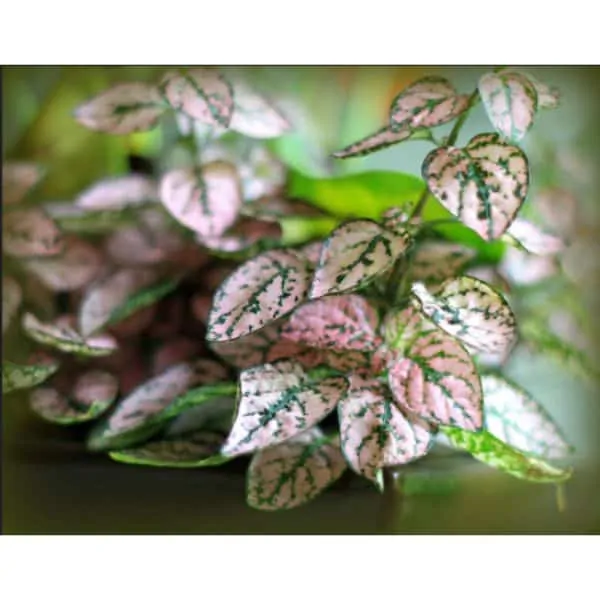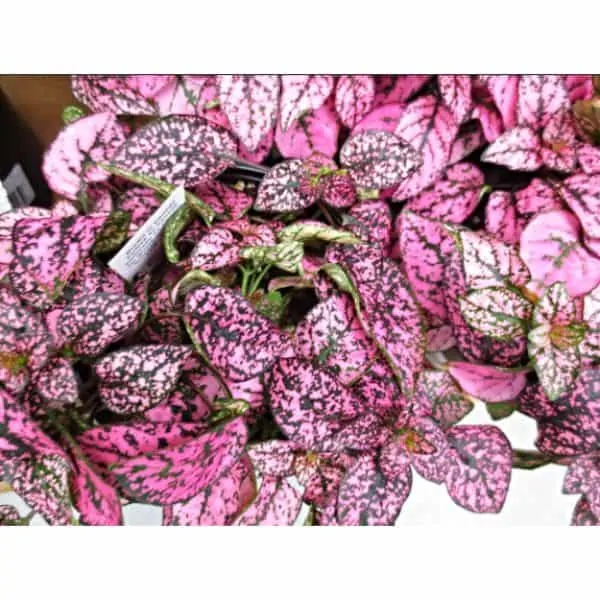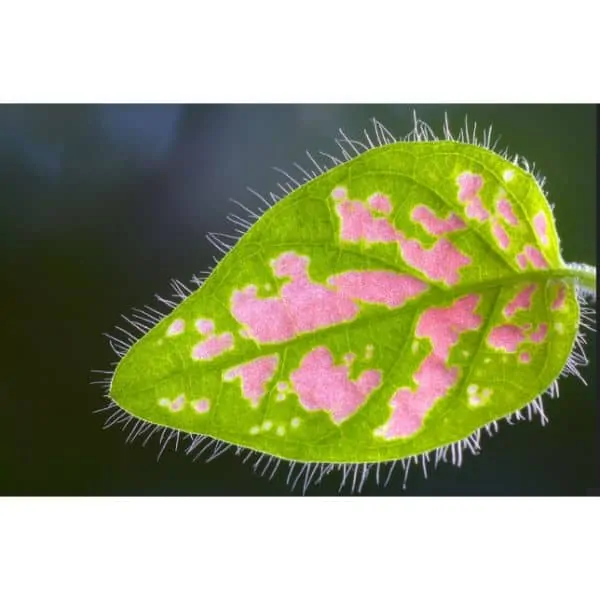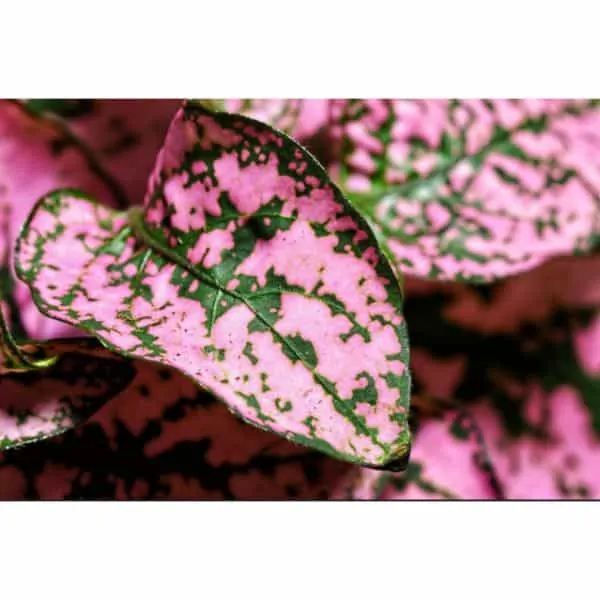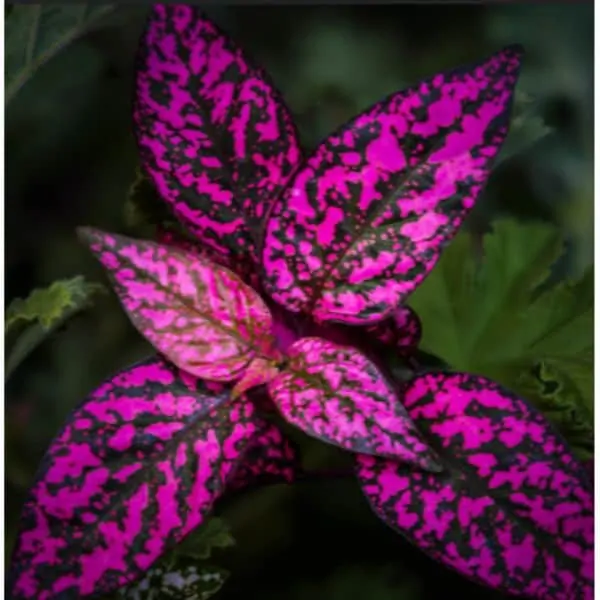Polka Dot Plant Care: How To Grow And Care For It
Take a look at this spotted beauty! Grow it indoors or in your garden, and have fun with your new plant!
Polka Dot Plant Care: All About Polka Dot Plant
It’s very easy to spot the polka dot plant by its staple freckled leaves. It originates from South Africa and Madagascar, so it’s used to warm climates. Also know as the freckle plant, or by its scientific name, Hypoestes Phyllostachya, the polka dot plant became a popular houseplant.
There are many types of polka dot plant. Find the most popular five listed below! They all grow very nicely indoors, and because they tend to be small even as adults, they make great small indoor plants. Outside, they can survive in USDA zones 10 and 11, but many gardeners outside these zones plant Hypoestes Phyllostachya outside and treat it as an annual plant. Indoors, polka dot plants are evergreen.
Polka Dot Plant Care: A Guide
Water
Polka dot plants enjoy a constantly moist soil, without it being soggy. Avoid letting the soil dry out completely, but if you have to pick between not watering enough and watering too much, go for the former. Like most plants, if overwatered, the polka dot plant is prone to root rot. A good way of checking if your plant needs watering is to see if the top half-inch of soil is dry. They also like a bit of moisture, so mist occasionally or put the pot on a pebble plate.
Light
Outdoors, the polka dot plant enjoys a spot with dappled shade, away from the direct midday sun. Indoors, it likes bright indirect light or a bit of sun in the morning. Ideally, it lives on a table in a south-facing room, away from the window, or in an east-facing room. Too much or too little light will fade the patterns off the leaves, so move your plant around every 2-3 months until you find the perfect spot for it.
Soil
Polka dot plants need fast-draining soil, with a high nutrient component. Most potting mixes should be good, but take a look at this list to find the best one. If you feel that your chosen potting mix doesn’t have enough drainage, mix in some pumice or small pebbles to improve that.
Temperature
Hypoestes Phyllostachya lives natively in a warm environment, so it likes a temperature of 70 to 80 F or 21 to 28 C. Normal indoor temperature should be fine for it. Dry air doesn’t agree with it, so keep it away from heating vents.
Fertilization
Polka dot plants are heavy feeders. Mix a layer of compost or organic fertilizer in the soil before planting and use a liquid fertilizer once a month during growth season. Try a slow-release fertilizer as well and see which works best.
Pruning
These plants tend to get pretty leggy, so to keep them nice and lush you need to cut off the tips of the stems every one to two weeks. Trim off about an inch for maintenance or up to 1/3 of the stem to shrink the plant. Trim back polka dot plant flowers, as they are too small to be relevant and eat up a lot of resources.
Polka Dot Plant Care: Summary
Water
Keep soil moistLight
Bright indirect sunlightTemperature
78-80F (21-27C)Soil
Rich, well-drainingToxicity
non-toxicDifficulty
mediumPolka Dot Plant Care: Propagation
You can propagate polka dot plants from cuttings. You clip the back every week or two, so it is very easy to propagate them as well. Take a clipping about 5 inches long and dip the end in rooting hormone. Plant them in warm, moist soil and keep watering a little every day. It should take roots in about a week.
You can try growing polka dot plants from seeds as well. Simply place the seeds on the surface of warm, moist, rich soil and spray them every day to keep them watered. They should sprout within a couple of weeks. Do this exclusively indoors, as the exposed seeds might be tempting for birds. Once the seedlings are about three weeks old, they are ready to be planted in their destination pot or spot in your garden.
Polka Dot Plant Care: Types
1. Carmina
This type grows between 12 and 36 inches tall and is best grown in containers. It prefers partial shade, in slightly acidic to acidic soil, meaning it will appreciate your coffee grinds.
2. Confetti
It’s called that due to the approximately equal distribution of pink and green on its leaves. It grows wider and shorter, reaching only 24 inches maximum. It enjoys neutral soils and partial sun exposure.
3. Pink Brocade
This is a smaller plant, growing only to about 12 inches tall and very hairy leaves. It needs well-lit places and fertile soil to grow. The leaves are packed tightly together and very spotted, making it a great decorative plant.
4. Red Splash
This is a variety of polka dot plant that grows red leaves with green veins and blots. It has the great advantage that it doesn’t need constant pruning, making it a low maintenance variety. It grows to about 12×12 inches in size.
5. White Splash
The white variant of the one above, also grows to about 12×12 inches, with white pointy leaves. It grows well in dappled and partial shade, but can resist full sun as well. It can be used as extensive decoration in the garden, as it spreads fast, even on its own.
Final Thoughts
Do you already have a polka dot plant, or plan on getting one? Let me know in the comment section below! Polka dot plants also make great gifts, so consider giving one to your friends.

